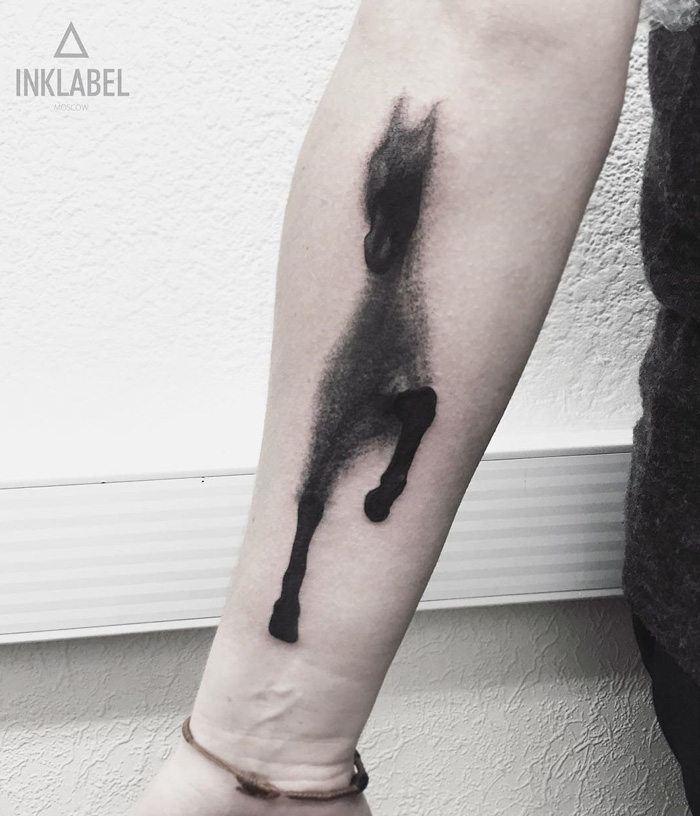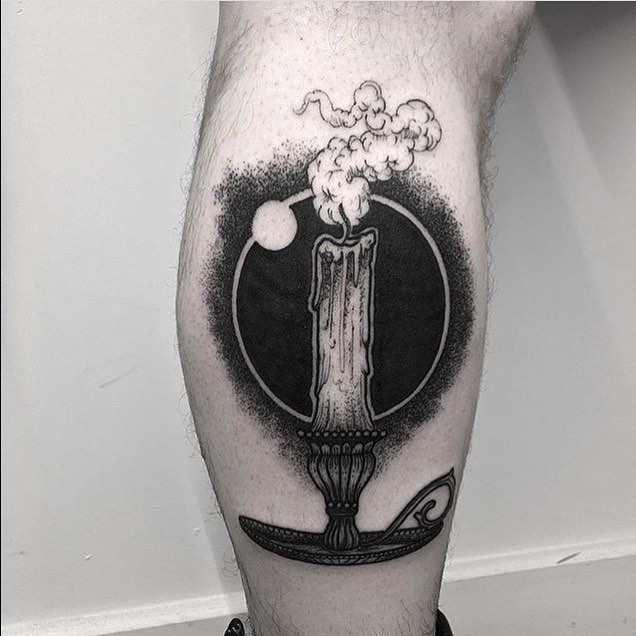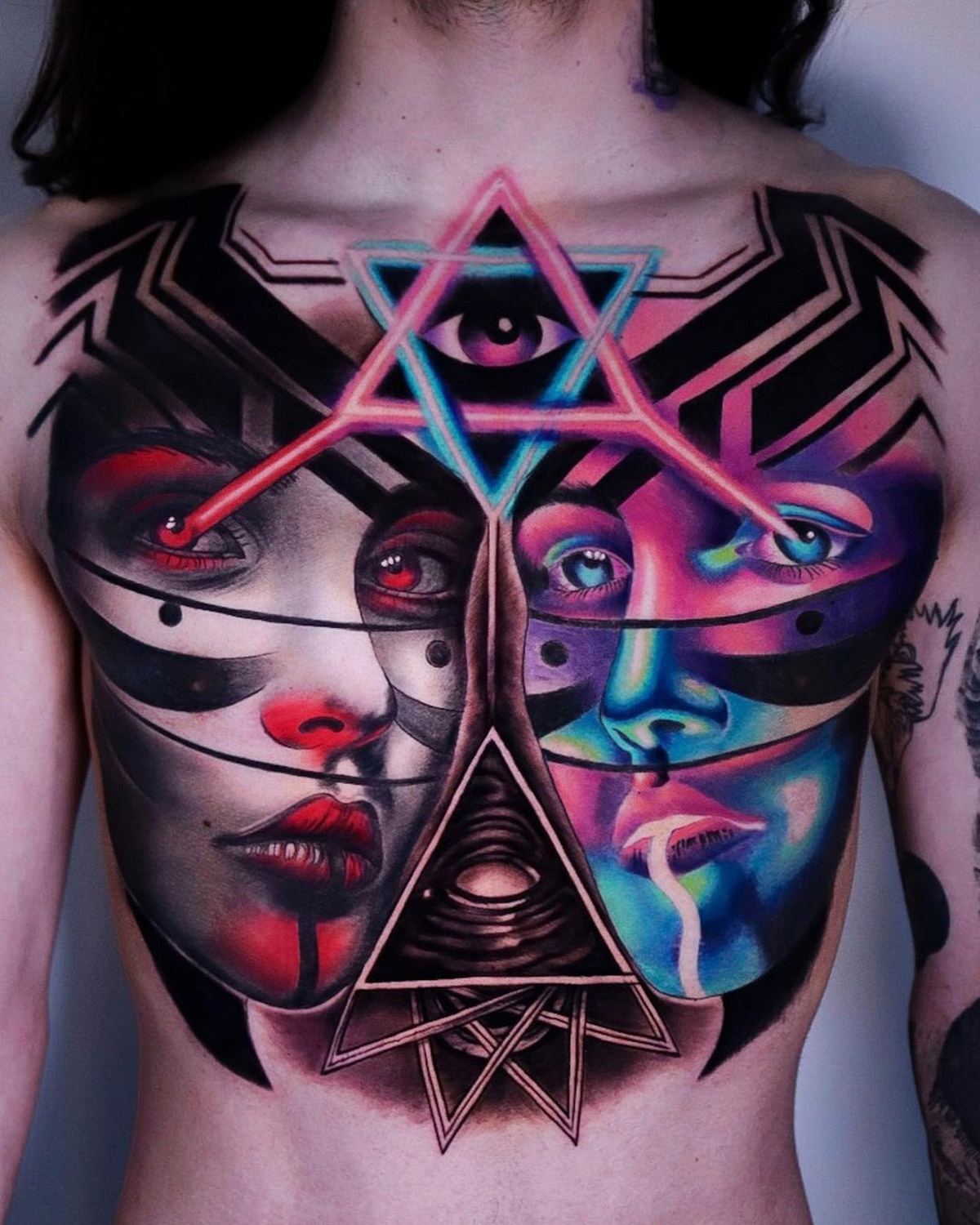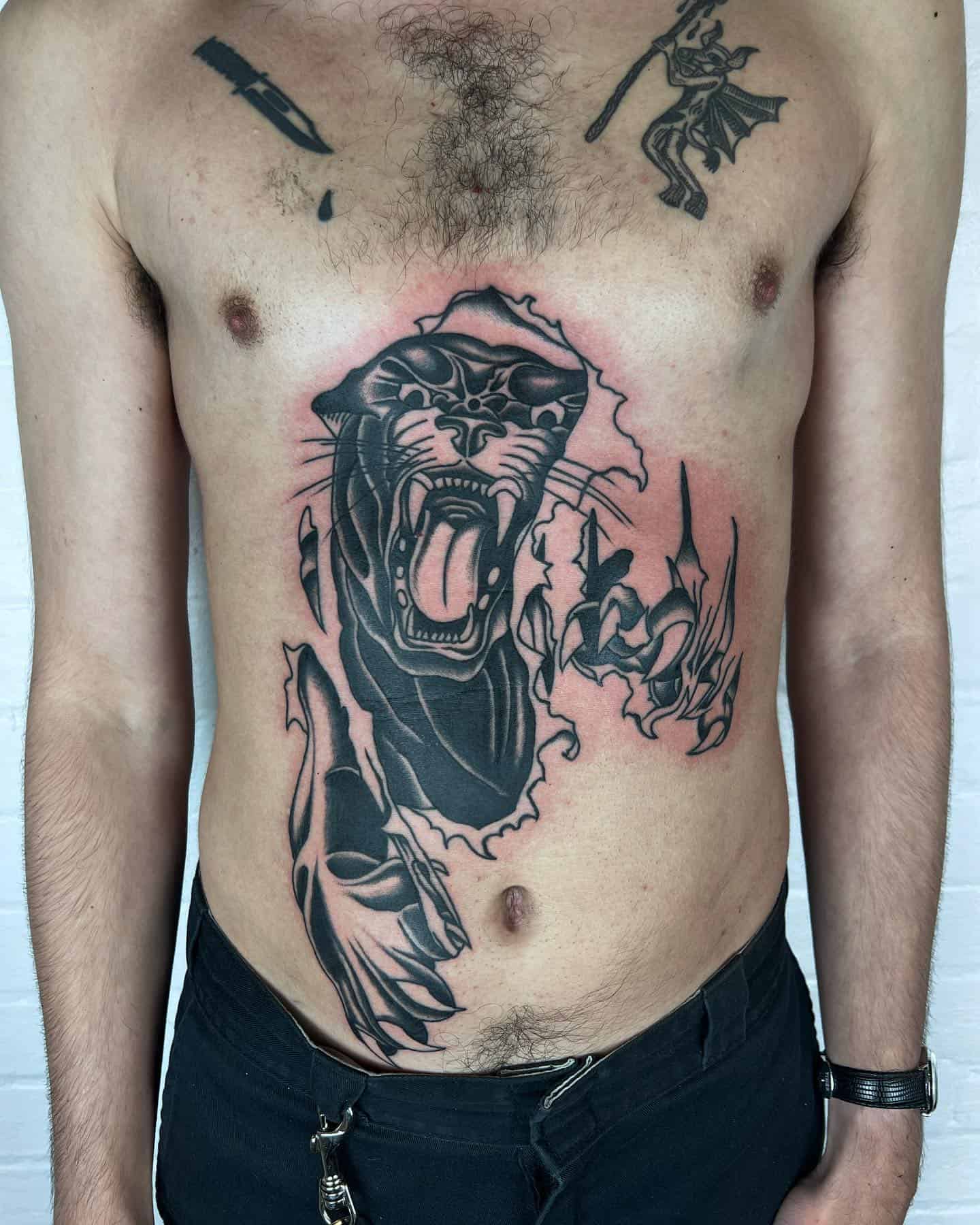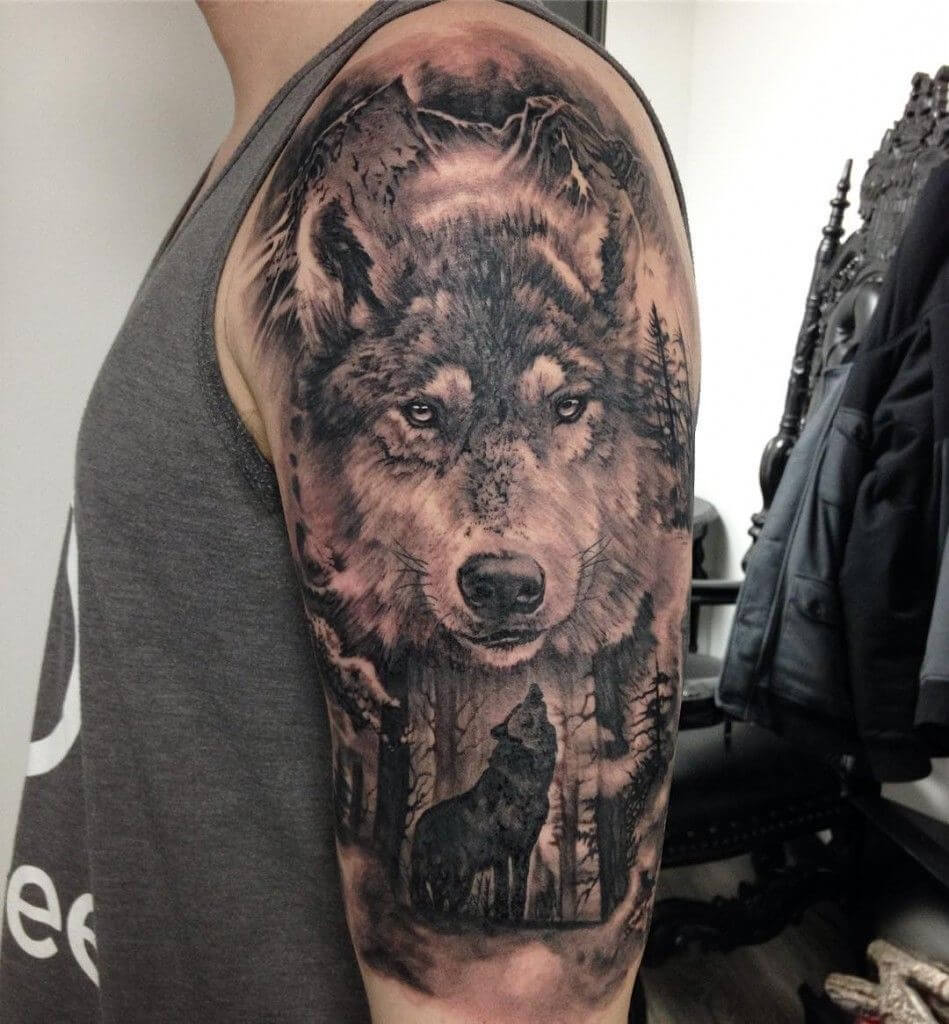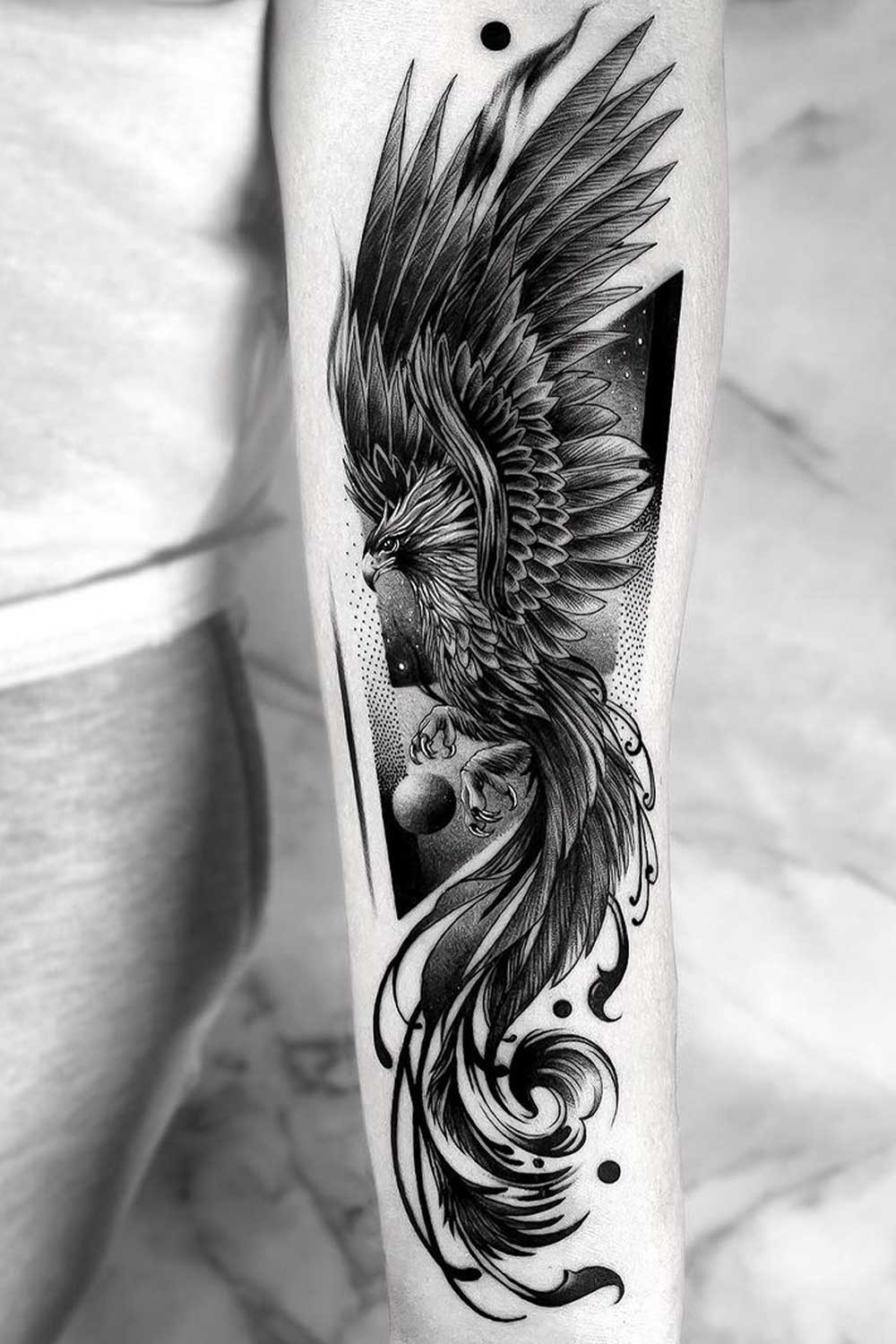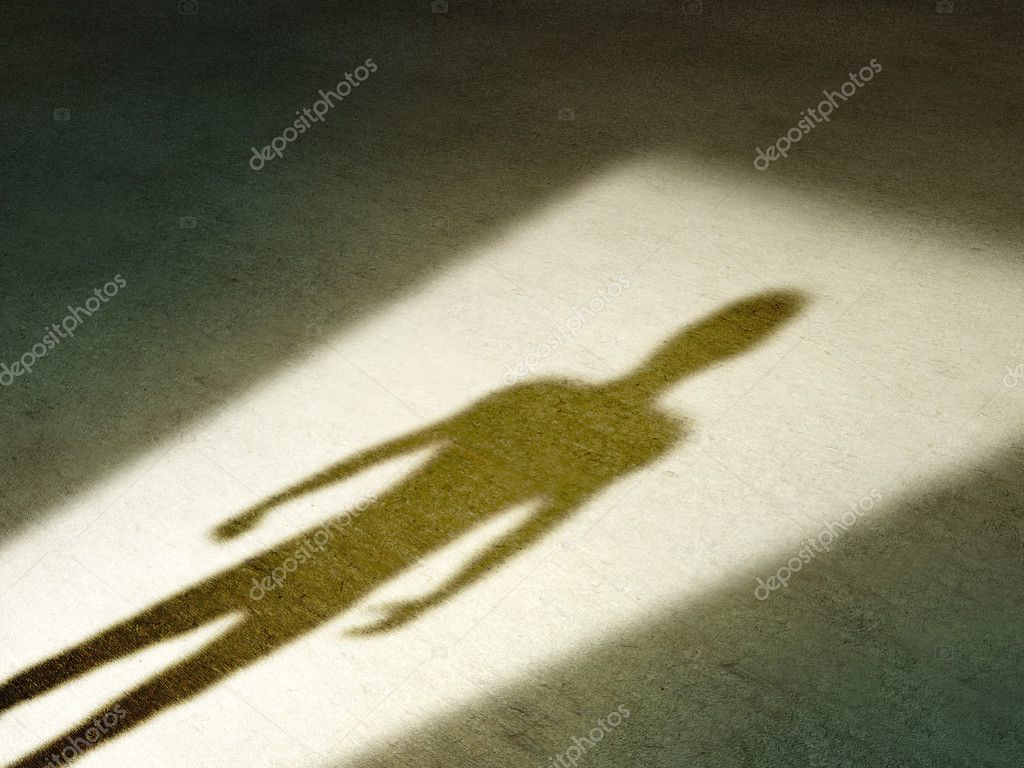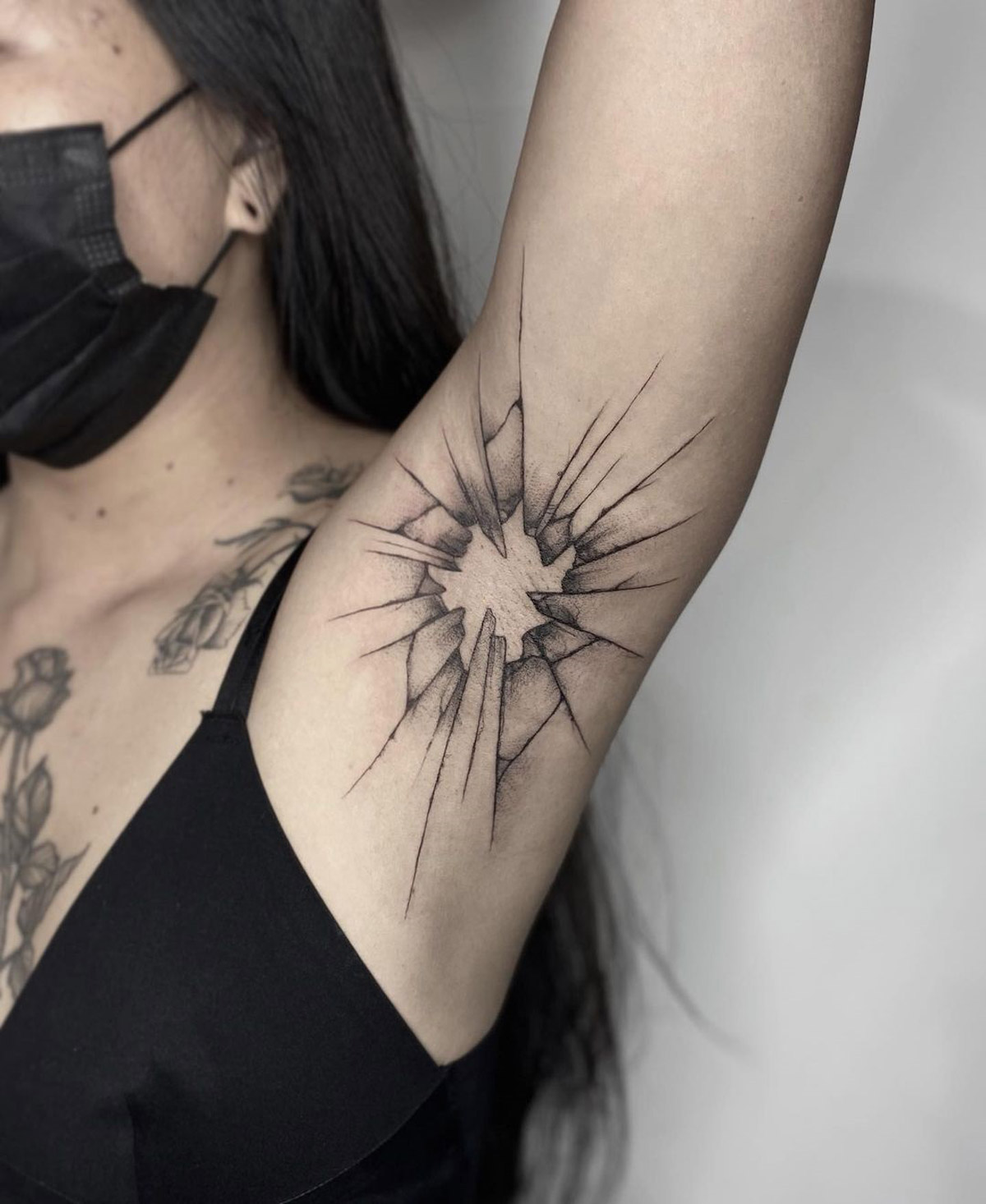
Can A Micro Tattoo Have A Shadow Effect? Unlocking the Secrets of Tiny Ink and Subtle Shading
Micro tattoos – the whisper of ink, the miniature masterpieces etched onto our skin. These tiny treasures have taken the tattoo world by storm, offering a delicate and discreet way to express ourselves. But can these minuscule works of art truly capture the illusion of depth and dimension through a shadow effect? Let’s dive into the fascinating world of micro tattoos and explore the possibilities.
1. The Allure of Micro Tattoos: Less is Truly More
Forget sprawling sleeves and back pieces for a moment. Micro tattoos are all about subtlety. Think dainty flowers behind the ear, a single star on your wrist, or a meaningful symbol tucked away on your ankle. Their understated elegance is what makes them so appealing. They’re perfect for those who want a touch of ink without making a bold statement, or for those who are just beginning their tattoo journey. The beauty of a micro tattoo lies in its simplicity, its ability to convey a powerful message in a compact form.
2. Understanding the Basics: What Makes a Micro Tattoo "Micro"?
So, what exactly qualifies as a micro tattoo? Generally, we’re talking about designs that are smaller than two inches in any direction. They often feature fine lines, minimal detail, and a focus on clean, crisp execution. The skill of the artist is paramount, as even the slightest wobble can be magnified in such a small space. Precision and a steady hand are the artist’s best friends when it comes to creating these miniature marvels.
3. The Shadow Effect: Creating Depth and Dimension in Tattoo Art
The shadow effect, also known as shading, is a fundamental technique in tattooing used to create the illusion of depth, volume, and realism. By strategically applying varying degrees of darkness, artists can make a two-dimensional image appear three-dimensional. Think of it as playing with light and shadow to sculpt the design directly onto the skin. This technique is crucial for adding life and character to any tattoo, making it pop and stand out.
4. The Challenge: Applying Shading to a Tiny Canvas
Here’s where things get interesting. Applying a shadow effect to a micro tattoo presents a unique set of challenges. The limited space requires extreme precision and a mastery of subtle shading techniques. Imagine trying to paint a masterpiece on a postage stamp – that’s the level of detail we’re talking about! The artist must carefully consider the placement and intensity of each shade to achieve the desired effect without overwhelming the design or causing it to blur over time.
5. The Techniques: Achieving Subtle Shading in Micro Tattoos
Despite the challenges, skilled tattoo artists have developed innovative techniques to create subtle shading in micro tattoos. Here are a few common approaches:
- Stippling: This involves creating a pattern of tiny dots to build up areas of shading. The closer the dots, the darker the shade; the further apart, the lighter. It’s a time-consuming but effective method for achieving a soft, gradual shading effect.
- Whip Shading: This technique uses a quick, whipping motion with the tattoo machine to create a textured shading effect. It’s often used to add depth and dimension to organic shapes like leaves and flowers.
- Diluted Ink Washes: By diluting the tattoo ink with distilled water, artists can create lighter shades of gray that can be layered to build up a subtle shadow effect. This requires careful control and a keen eye for detail.
6. Line Weight: A Key Component of the Shadow Illusion
Even without traditional shading, variations in line weight can create the illusion of depth and dimension. Thicker lines can suggest areas of shadow or emphasis, while thinner lines can recede into the background. This technique relies on the artist’s understanding of perspective and how the eye perceives different line weights.
7. Color Considerations: Using Color to Create Depth
While many micro tattoos are done in black ink, the clever use of color can also enhance the shadow effect. For example, a slightly darker shade of the same color can be used to create subtle shading, adding depth and dimension without sacrificing the overall aesthetic.
8. The Importance of Artist Skill and Experience
Let’s be clear: not all tattoo artists are equipped to handle the intricacies of micro tattoos with shading. It requires a high level of skill, experience, and a deep understanding of tattooing techniques. Look for an artist who specializes in micro tattoos and has a portfolio showcasing their ability to create subtle shading effects. Don’t be afraid to ask questions and discuss your vision with the artist before committing to the design.
9. Design Considerations: What Works (and What Doesn’t) in Micro Tattoos with Shading
Certain designs lend themselves better to shading in micro tattoos than others. Simple geometric shapes, minimalist flowers, and small animal silhouettes can all benefit from subtle shading to add depth and dimension. However, complex designs with intricate details may become too cluttered and muddy when reduced to such a small scale. It’s best to keep the design simple and allow the shading to enhance its natural form.
10. Placement Matters: Where to Put Your Shaded Micro Tattoo
The placement of your micro tattoo can also influence how the shadow effect is perceived. Areas with natural curves and contours, such as the wrist, ankle, or behind the ear, can enhance the illusion of depth. The artist can use the natural shadows and highlights of the body to their advantage, creating a more dynamic and visually appealing design.
11. Longevity and Fading: What to Expect Over Time
Micro tattoos, especially those with shading, are more prone to fading and blurring over time than larger, bolder tattoos. This is due to the delicate nature of the design and the fact that the ink particles are more likely to migrate in the skin. Proper aftercare is crucial for preserving the integrity of the tattoo, and touch-ups may be necessary every few years to maintain its crispness and clarity.
12. Aftercare: Protecting Your Tiny Treasure
Proper aftercare is essential for any tattoo, but it’s especially important for micro tattoos with shading. Follow your artist’s instructions carefully, keeping the area clean and moisturized. Avoid excessive sun exposure, which can cause the ink to fade, and be gentle when washing the area. With proper care, you can help ensure that your micro tattoo remains a beautiful work of art for years to come.
13. Finding the Right Artist: Vetting Your Micro Tattoo Specialist
Finding the right artist is paramount when it comes to micro tattoos, especially if you’re considering adding shading. Look for an artist with a strong portfolio of micro tattoo work, paying close attention to their shading techniques and attention to detail. Read reviews and testimonials from other clients, and don’t hesitate to schedule a consultation to discuss your vision and ask any questions you may have. A skilled and experienced artist will be able to guide you through the process and create a micro tattoo that you’ll cherish for years to come.
14. Realistic Expectations: Managing Your Expectations for Shaded Micro Tattoos
It’s important to have realistic expectations when it comes to shaded micro tattoos. The shading will be subtle, and the overall effect will be delicate and understated. Don’t expect a dramatic, hyper-realistic effect – that’s simply not possible in such a small space. Instead, embrace the beauty of subtlety and appreciate the artistry involved in creating a miniature masterpiece.
15. The Future of Micro Tattoos: Innovation and Evolution
The world of micro tattoos is constantly evolving, with artists pushing the boundaries of what’s possible. As technology advances and new techniques are developed, we can expect to see even more innovative and intricate micro tattoos with increasingly sophisticated shading effects. The future of micro tattoos is bright, and we can’t wait to see what new and exciting designs emerge in the years to come.
Conclusion:
So, can a micro tattoo have a shadow effect? Absolutely! While it presents unique challenges, skilled artists can use various techniques, like stippling, whip shading, and diluted ink washes, to create the illusion of depth and dimension in these tiny works of art. The key is to find an experienced artist who specializes in micro tattoos and understands the intricacies of shading on a small scale. With careful planning, realistic expectations, and proper aftercare, you can enjoy a beautiful and subtly shaded micro tattoo that will be a cherished piece of personal expression.
FAQs About Micro Tattoos and Shadow Effects:
1. Will a shaded micro tattoo fade faster than a regular tattoo?
Yes, micro tattoos, especially those with shading, tend to fade faster than larger, bolder tattoos due to the delicate nature of the design and the smaller ink particles. Regular moisturizing and sun protection can help prolong its lifespan.
2. How much does a shaded micro tattoo typically cost?
The cost of a micro tattoo with shading varies depending on the artist’s experience, the complexity of the design, and the location of the studio. Expect to pay a premium for an artist who specializes in micro tattoos and has a strong portfolio of shaded work.
3. What if my shaded micro tattoo fades or blurs over time?
Touch-ups are a common part of micro tattoos, especially those with shading. A skilled artist can refresh the lines and shading to restore the tattoo to its original glory.
4. Can any tattoo design be turned into a micro tattoo with shading?
Not all designs are suitable for micro tattoos with shading. Simple geometric shapes, minimalist flowers, and small animal silhouettes tend to work best. Complex designs with intricate details may become too cluttered and muddy when reduced to such a small scale.
5. How do I find an artist who specializes in micro tattoos with shading?
Start by searching online for tattoo artists in your area who specialize in micro tattoos. Look for artists with a strong portfolio of micro tattoo work, paying close attention to their shading techniques and attention to detail. Read reviews and testimonials from other clients, and don’t hesitate to schedule a consultation to discuss your vision and ask any questions you may have.
